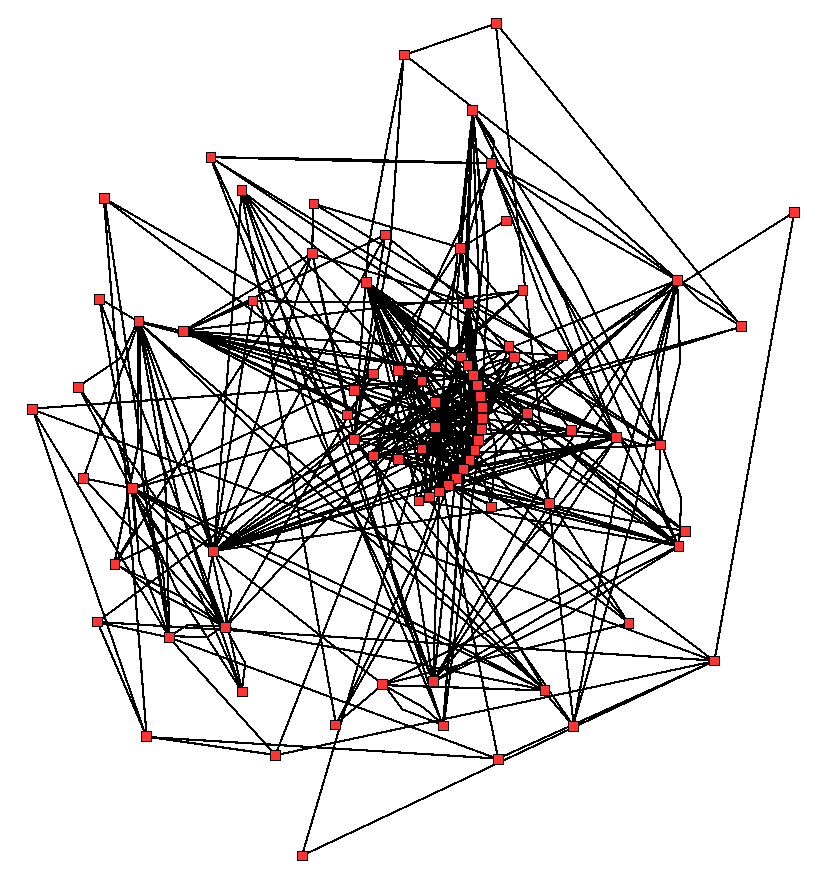Catastrophe modeling Wikipedia the free encyclopedia
Post on: 16 Март, 2015 No Comment

§ Perils analyzed [ edit ]
Natural catastrophes (sometimes referred to as nat cat) include:
Human catastrophes include:
§ Lines of business modeled [ edit ]
- Personal property
- Commercial property
- Forestry
- Workers’ compensation
- Automobile physical damage
- Leasehold improvements
- Limited liabilities
- Product liability
§ Input [ edit ]
The input into a typical cat modeling software package is information on the exposures being analyzed that are vulnerable to catastrophe risk. The exposure data can be categorized into three basic groups:
- information on the site locations, referred to as geocoding data (street address, postal code, county/CRESTA zone, et cetera)
- information on the physical characteristics of the exposures (construction, occupation/occupancy, year built, number of stories, number of employees, et cetera)
- information on the financial terms of the insurance coverage (coverage value, limit, deductible, et cetera)
§ Output [ edit ]
The output is estimates of the losses that the model predicts would be associated with a particular event or set of events. When running a probabilistic model. the output is either a probabilistic loss distribution or a set of events that could be used to create a loss distribution; probable maximum losses (PMLs) and average annual losses (AALs) are calculated from the loss distribution. When running a deterministic model, losses caused by a specific event are calculated; for example, Hurricane Katrina or a magnitude 8.0 earthquake in downtown San Francisco could be analyzed against the portfolio of exposures.
§ Uses [ edit ]
- Insurers and risk managers use cat modeling to assess the risk in a portfolio of exposures. This might help guide an insurer’s underwriting strategy or help them decide how much reinsurance to purchase.
- Some state departments of insurance allow insurers to use cat modeling in their rate filings to help determine how much premium their policyholders are charged in catastrophe-prone areas.
- Insurance rating agencies such as A. M. Best and Standard & Poor’s use cat modeling to assess the financial strength of insurers that take on catastrophe risk.
- Reinsurers and reinsurance brokers use cat modeling in the pricing and structuring of reinsurance treaties.
- European insurers use cat models to derive the required regulatory capital under the Solvency II regime. Cat models are used to derive catastrophe loss probability distributions which are components of many Solvency II internal capital models.
- Likewise, cat bond investors, investment banks, and bond rating agencies use cat modeling in the pricing and structuring of catastrophe bond .
§ Open catastrophe modeling [ edit ]
Recently, an effort to create and disseminate open multi-hazard cat risk modeling tools was initiated by the Alliance for Global Open Risk Analysis (AGORA) .
www.oasislmf.org has been created. It has been founded as a not for profit organisation funded and owned by the Insurance Industry to promote open access to models and to promote transparency. Open source code to be available.
Additionally, the insurance industry is currently working with the Association for Cooperative Operations Research and Development (ACORD) to develop an industry standard for collecting and sharing exposure data. To date, the industry has been operating on closed, proprietary data formats.
§ See also [ edit ]
§ References [ edit ]
- ^ See: Edwards, Scott. The Chaos of Forced Migration: A Means of Modeling Complexity for Humanitarian Ends














